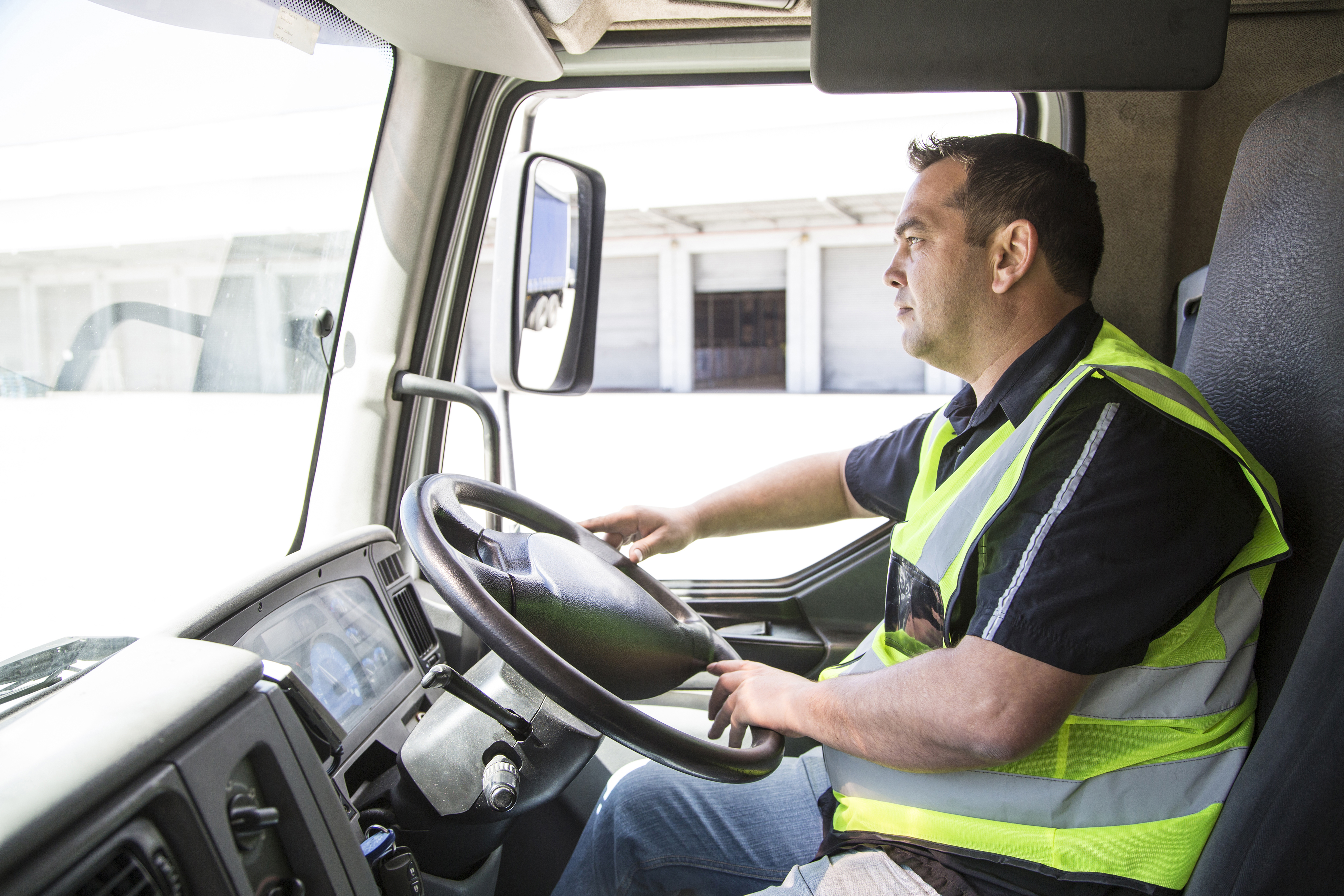What is Australia doing to address the national truck driver shortage? Not a lot, says Peter Anderson, Chief Executive Officer of the Victorian Transport Association (VTA). However, Peter can identify some solutions to the shortage and is starting to see positive steps forward for the transport industry.

Two steps in the right direction
According to Peter, part of the problem is that although the industry recognises the truck driver shortage, other authorities and influential statutory bodies do not. “But because we don’t have trucks parked in the streets and trains that don’t move and empty shelves at the supermarket, there’s no recognition by the general population that there’s a shortage,” Peter says..
An overarching reason behind the shortage, claims Peter, is the negative perception of the industry and the misconception that truck driving is just a job – not a career.
Peter highlights three things that need to happen to address the challenge. He says the transport industry must:
- Change its perception by changing the language used to describe it.
- Develop a minimum standard of operation and undergo licensing reform.
Better perception for better reception
So, how do you boost the industry’s image? “We need to stop talking about trucks and trains and start talking about supply chain and logistics – about systems, networks, structures, disciplines and how people manage the supply of goods to market in an efficient, productive and safe manner,” he says.
“It’s how we use the language and how it then creates the picture of what’s real. The reality is that once people get involved in the industry, they don’t seem to leave it. And the reason they don’t leave it is because it ends up being a career they can depend on and that provides a good lifestyle for themselves, their families and their futures.”
To combat the low standard of operation within the transport industry, the VTA, along with other associations and industry representatives, is advocating for a minimum standard within which transport businesses should operate. “At the moment, the industry doesn’t have one,” Peter says.
Licensing: A proactive approach
The VTA believes the licensing system has a great role to play in building minimum industry standards. “We don’t believe the licensing system to get your heavy vehicle licence is currently strong enough,” says Peter.
Unlike car and motorcycle licences that require hours of instruction behind the wheel before you can go for the licence, with a heavy vehicle licence, you don’t have to do any hours at all. “So, if the greater community perceives a heavy vehicle as that obtrusive, that unsafe, that scary,” Peter says, “why is the standard so low?
“Why isn’t there a minimum standard upon which a heavy vehicle driver must drive a certain type of vehicle under instruction before they can get their licence?”
To improve driver standards and help truck drivers with career development, the VTA has started an eight-day licensing course, after which drivers come out with a Rigid Licence.
“We’ve also gone to our members – transport companies – told them what we’re doing and said to them, ‘If we can deliver these people trained – job-ready – to come into your business, will you be prepared to take them on?’” says Peter. “I’ve been inundated with people saying, ‘Yes, we’d love to take those people on.’”
By delivering jobs to people who want to be part of the transport industry, the VTA is going one step further than just training and skilling. Says Peter: “We’re actually providing a workplace – somewhere to build a career.”
Want to learn how intelligent transport systems are improving the efficiency of transportation networks?
Find out more here